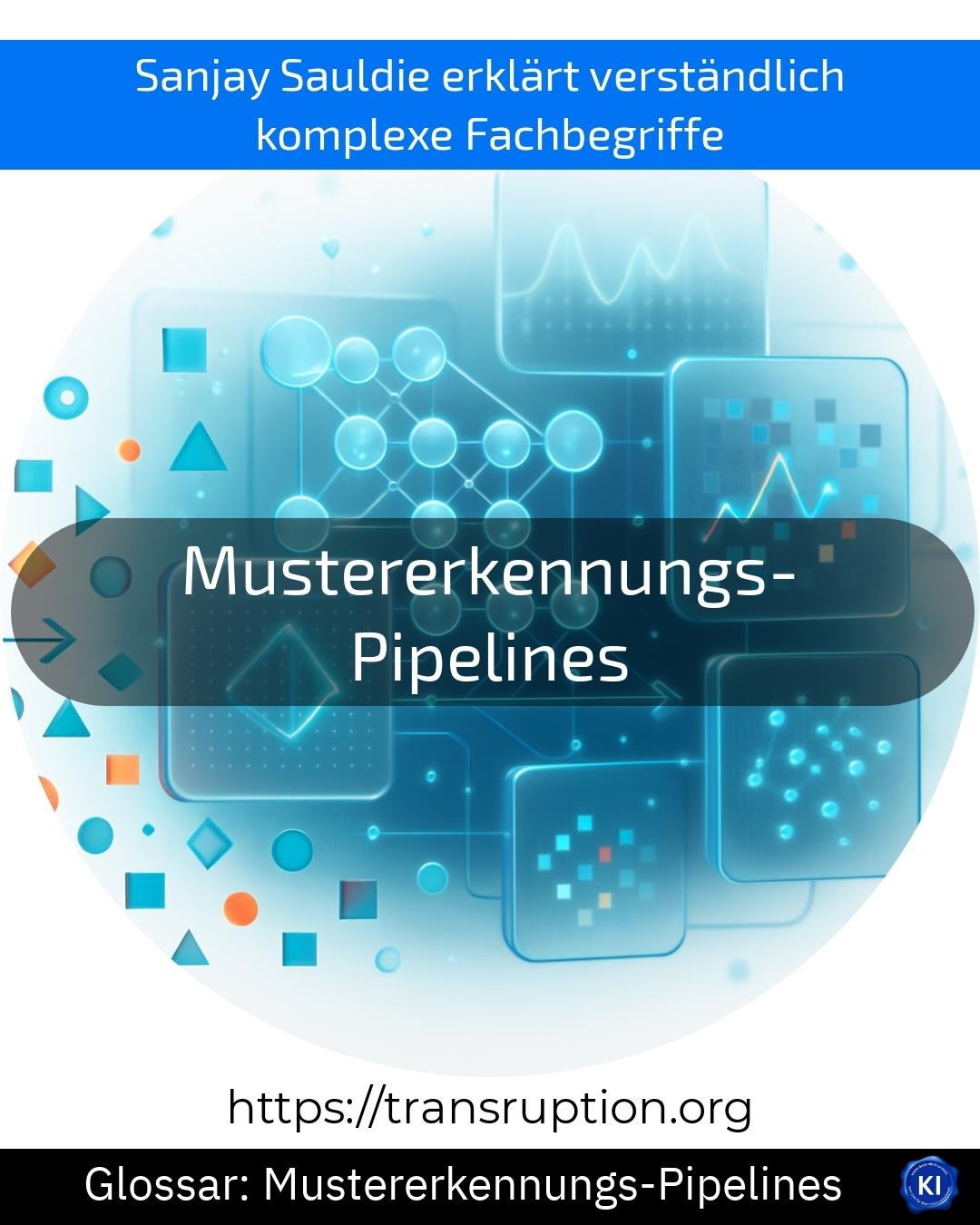The term "pattern recognition pipelines" originates from the fields of artificial intelligence, automation, big data and smart data. It describes a process in which computers help to recognise certain recurring patterns in large amounts of data.
A pattern recognition pipeline works like a production line: first, raw data is collected, for example images, texts or sensor data. This data is then processed step by step - for example, images are first enhanced, then searched for certain features and finally software is used to automatically recognise the desired pattern.
A practical example from automation: in a modern factory, cameras are used to recognise faulty products on a conveyor belt. The recorded images are run through a pattern recognition pipeline, which automatically checks whether a scratch or dent is visible. If this is the case, the product is rejected.
Pattern recognition pipelines are important for companies that want to analyse large amounts of data or automate processes, as they help them to make faster and more reliable decisions. They provide valuable insights for the optimisation of processes.















